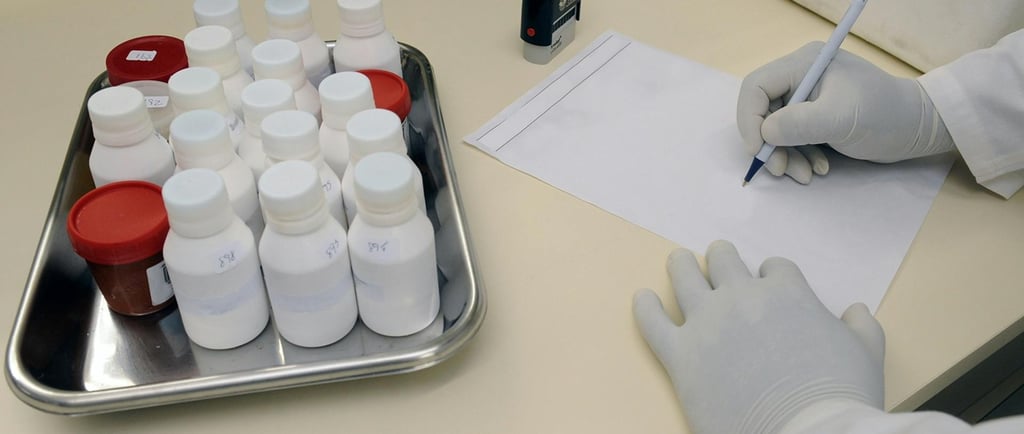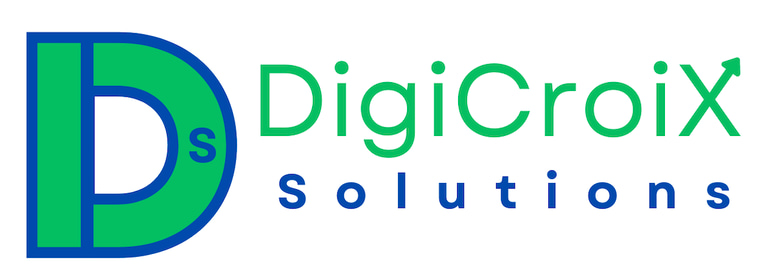Healthcare Marketing Service Innovations in 2025
Explore the latest healthcare marketing service innovations—AI, patient analytics, patient experience mapping. See which fit your budget and goals. Book a call to explore new service offerings.
Vishwa Raval
10/7/20254 min read


Introduction to Healthcare Marketing Innovations
The landscape of healthcare marketing services is continuously evolving, influenced by advancements in technology, consumer behavior, and regulatory changes. As we approach 2025, it is vital for healthcare organizations to adapt and innovate their marketing strategies to effectively reach and engage patients. Staying current with trends will not only enhance visibility but also improve patient experience and outcomes.
The dynamic nature of healthcare marketing stems from its multifaceted challenges and opportunities. In recent years, there has been a significant shift towards digital platforms, resulting in a more engaged and informed patient population. As patients increasingly seek health information online and utilize social media for recommendations, the importance of a robust online presence cannot be overstated. Healthcare marketers must leverage digital tools and platforms to communicate effectively with potential patients and build trust.
Moreover, the role of data in shaping healthcare marketing strategies is paramount. With the wealth of data generated from various sources, organizations can gain insights into patient behaviors, preferences, and expectations. This data-driven approach enables the customization of marketing campaigns, making them more relevant and effective in engaging target audiences. Employing analytics can also help healthcare providers measure the effectiveness of their marketing initiatives and continuously refine their strategies for better results.
Additionally, innovations such as artificial intelligence (AI), machine learning, and automation are poised to revolutionize healthcare marketing services. These technologies allow for more personalized communication, enhancing the patient journey from initial contact through to ongoing care. By integrating these advancements into their marketing frameworks, healthcare organizations can ensure they remain competitive and relevant in an ever-changing environment.
AI in Healthcare Marketing: Transforming Strategies
The healthcare industry has been undergoing a transformative change through the integration of artificial intelligence (AI) into marketing strategies. AI technologies facilitate personalized content creation that resonates with patients by analyzing vast amounts of data regarding patient preferences and behaviors. This enables healthcare marketers to tailor messaging to specific demographics or individual patients, enhancing engagement and fostering a more personalized patient experience.
Another significant application of AI in healthcare marketing is patient segmentation. By utilizing machine learning algorithms, healthcare organizations can identify distinct patient groups based on attributes such as age, health conditions, and treatment histories. This segmentation allows for targeted marketing efforts that speak directly to the unique needs of different patient populations. Consequently, organizations can allocate resources more efficiently, maximizing the impact of their marketing initiatives while minimizing unnecessary expenditures.
Predictive analytics is yet another valuable facet of AI in healthcare marketing. By utilizing historical data, AI systems can forecast trends in patient behavior and preferences. This capability empowers healthcare marketers to be proactive rather than reactive, adapting campaigns based on predictive insights that can significantly improve conversion rates. Predictive analytics not only streamlines marketing strategies but also enhances the overall patient journey through timely and relevant communications.
Moreover, automation in marketing campaigns has seen significant leaps with AI's capabilities. Automated marketing tools powered by artificial intelligence can manage repetitive tasks such as email marketing, social media scheduling, and real-time performance tracking. This streamlining of operational processes allows healthcare marketers to focus on strategic initiatives rather than mundane tasks, ultimately leading to increased efficiency and effectiveness in their campaigns.
As healthcare organizations continue to embrace AI, they will find innovative solutions that cater to various budget ranges. By leveraging these advancements, healthcare marketing is poised to become more effective, ultimately leading to improved patient engagement and satisfaction.
Understanding Patient Analytics: The Key to Effective Marketing
In the realm of healthcare marketing, the utilization of patient analytics has emerged as a pivotal element in shaping effective marketing strategies. By harnessing data-driven insights, healthcare organizations can gain a comprehensive understanding of patient behavior, preferences, and needs, which are instrumental in tailoring marketing efforts. This understanding is more than just identifying trends; it involves a deep dive into how patients interact with healthcare services, making analytics an invaluable tool for marketers.
To effectively utilize patient analytics, organizations should focus on key metrics that reveal meaningful insights. These metrics include patient demographics, engagement levels, appointment histories, satisfaction scores, and health outcome data. By analyzing these factors, marketers can segment their audiences more effectively, allowing for personalized communication that resonates with different patient groups. This segmentation enhances the overall marketing strategy, fostering stronger relationships between healthcare providers and patients.
There is an array of tools available for data collection and analysis, ranging from customer relationship management (CRM) systems to specialized healthcare analytics software. These tools facilitate the aggregation and interpretation of data, enabling organizations to translate insights into actionable marketing strategies. For instance, understanding which services patients are most interested in can guide targeted advertising efforts. Moreover, predictive analytics can help anticipate patient needs, allowing healthcare providers to reach out proactively.
While implementing patient analytics may involve upfront investments, budget considerations must be carefully balanced against the potential returns from improved patient engagement and satisfaction. Moreover, as the demand for data-driven solutions grows, scalability becomes crucial. Organizations are encouraged to adopt flexible analytics platforms that can evolve with their needs, ensuring that marketing strategies remain effective as patient demographics and expectations change over time.
Enhancing Patient Experience Mapping for Better Engagement
Patient experience mapping is an essential strategy within healthcare marketing that focuses on understanding and improving the interactions patients have with healthcare providers at every touchpoint. The process involves a detailed analysis of the patient journey, exploring each interaction from the initial inquiry through to post-treatment follow-up. By identifying key touchpoints—such as appointment scheduling, consultations, billing, and ongoing communication—healthcare marketers can pinpoint areas of strength and identify opportunities for enhancement, creating a more seamless experience for patients.
Successful patient experience mapping establishes a connection between positive patient experiences and effective healthcare marketing. When patients feel valued and understood, their satisfaction levels increase, leading to higher retention rates, positive referrals, and ultimately driving growth for healthcare organizations. Understanding this direct link helps marketers to align their strategies with patient needs and preferences, emphasizing aspects that enhance overall satisfaction. This alignment with patient-centric approaches becomes critical as organizations strive to maintain a competitive edge in the evolving healthcare landscape.
To implement patient experience mapping effectively, healthcare marketers should begin by gathering patient feedback through surveys, focus groups, and social media monitoring. This feedback provides valuable insights into how patients perceive their care journey. Developing patient personas can also help in visualizing the distinct paths various patient demographics may take while engaging with healthcare services. Innovations such as interactive digital tools and journey mapping software can facilitate real-time tracking of patient experiences, allowing organizations to address issues promptly.
Additionally, exploring budget-friendly innovations, such as telehealth services and personalized patient communications, can significantly enhance engagement. By integrating these technologies into their marketing strategies, healthcare organizations can offer broader access to care while tailoring experiences that meet individual patient preferences.
Get in Touch
Book your free consultation today and let's create a strategy to elevate your success!


Address
94 Shree Nagar Apartment, Sola Road, Naranpura, Ahmedabad, Gujarat, India 380063
6706 Fulton Avenue, Burnaby, BC, Canada V5E 3H1
Phone
+91 88497 12474
Quick Links
© 2025. All rights reserved.
Useful Links
Engagement
Subscribe
+91 88497 12474
